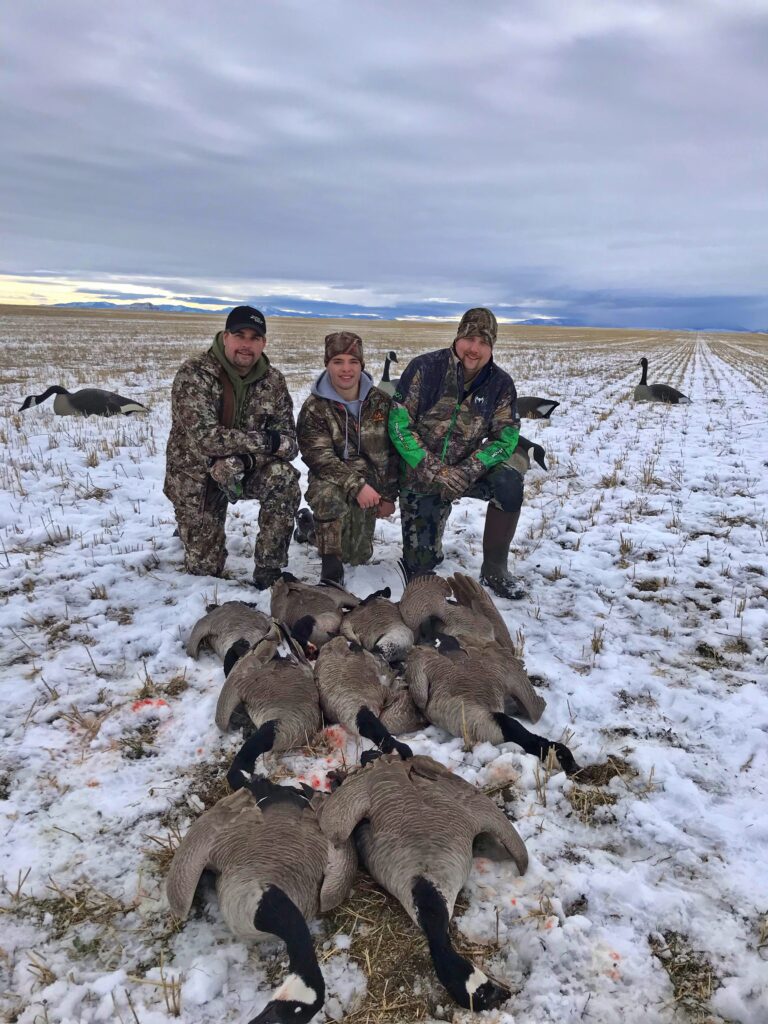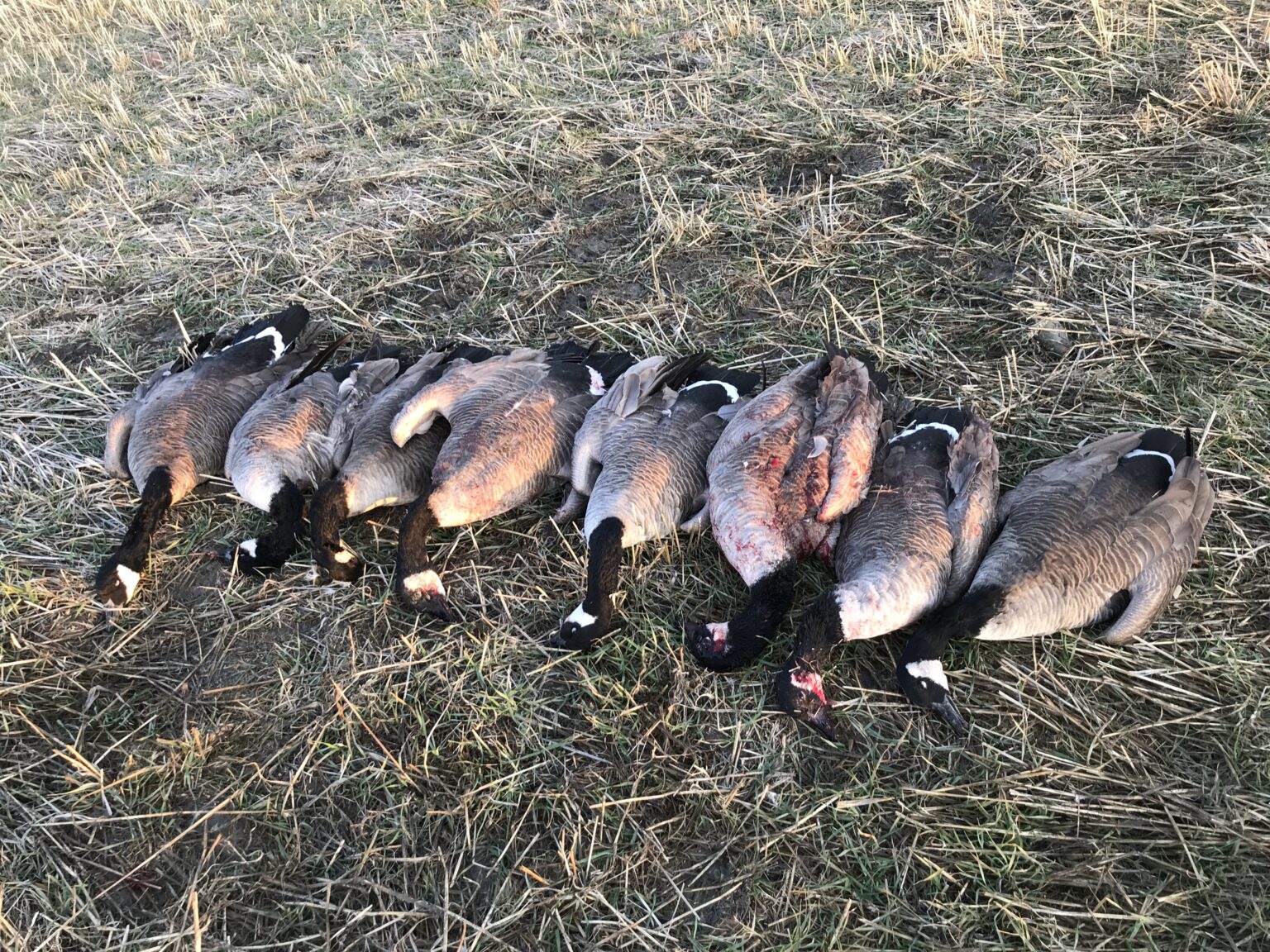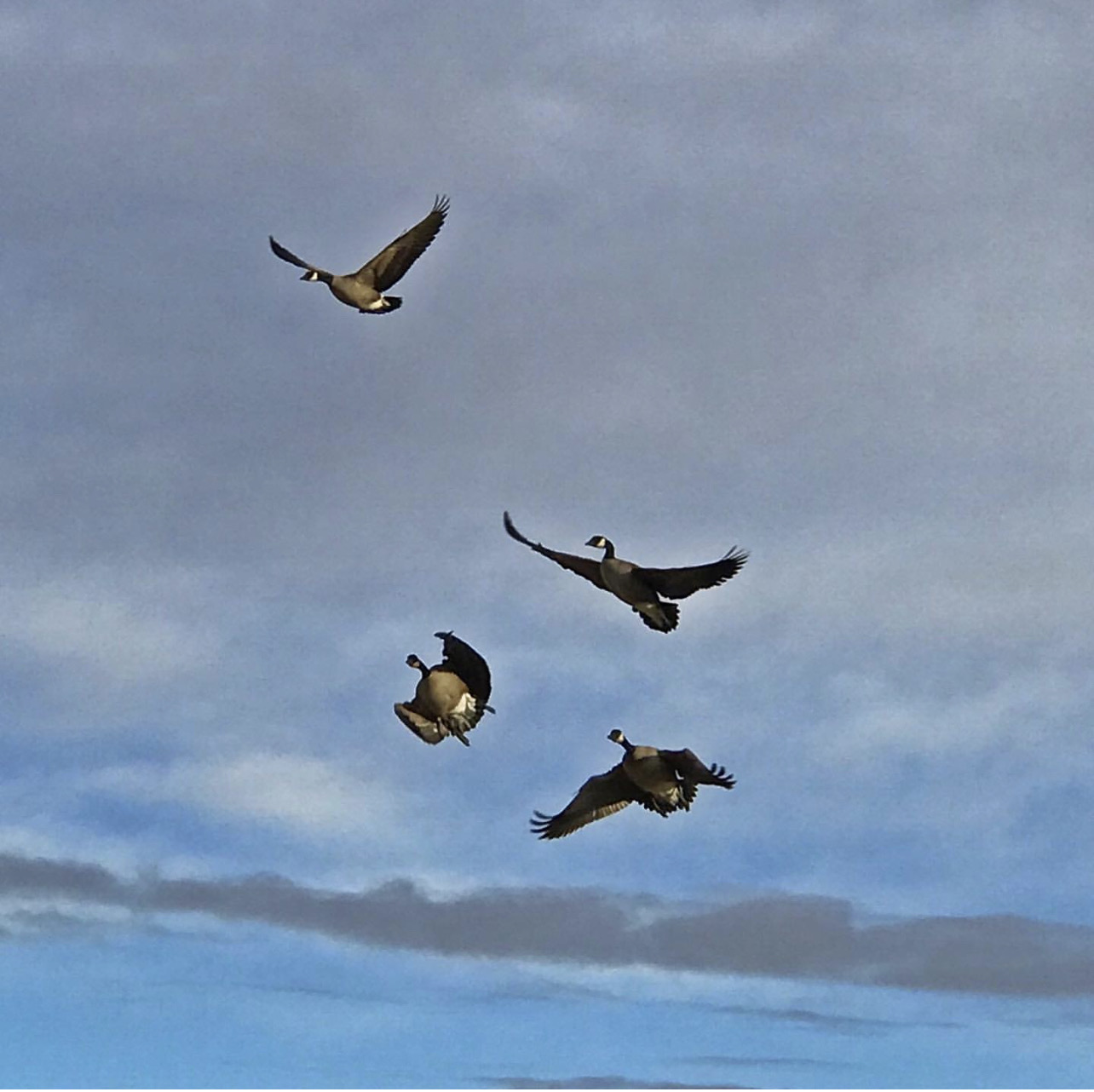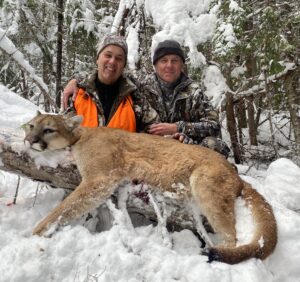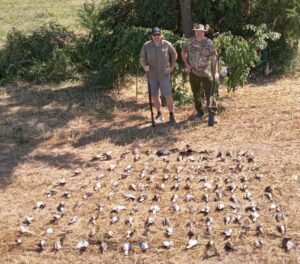Choosing the Right Shells for Waterfowl Hunting: A Guide for Hunters
Waterfowl hunting is a thrilling adventure, requiring skill, patience, and the right gear. Among the many decisions a hunter must make, selecting the appropriate shell size is crucial for both ethical and effective hunting. Let’s dive into the key factors to consider when choosing your waterfowl ammunition.
- Understand Shell Basics
Shells come in various lengths, gauges, and shot sizes, and each plays a specific role in hunting. For waterfowl hunting, most hunters use a 12-gauge or 20-gauge shotgun, as these provide the versatility and power needed for different waterfowl species. Shell length (commonly 2 ¾”, 3″, or 3 ½”) also matters—longer shells generally contain more pellets and powder for greater range and stopping power.
- Know Your Quarry
The type of waterfowl you’re hunting determines the ideal shell size. Here’s a general guide:
Waterfowl Species | Recommended Shot Size | Common Shell Length |
Ducks (teal, mallard) | #2, #3, or #4 | 3″ or 3 ½” |
Geese | BB, BBB, or T | 3″ or 3 ½” |
Smaller Birds | #5 or #6 | 2 ¾” or 3″ |
For larger birds like geese, heavier loads and bigger shot sizes ensure clean, ethical kills. For smaller birds, lighter loads prevent overkill and damage to the meat.
- Consider Non-Toxic Shot
In many regions, using non-toxic shot, such as steel, bismuth, or tungsten, is mandatory for waterfowl hunting to protect the environment. Non-toxic shot behaves differently than traditional lead, so adjusting your shot size and load to ensure similar performance is essential. For example, steel shot is lighter than lead and may require a larger shot size to achieve the desired effect.
- Match Shells to Your Gun
Always ensure your shotgun is compatible with the shell length and gauge you’re using. Firing shells that are too long or heavy for your firearm can damage the gun and pose safety risks. Check your shotgun’s barrel markings for its specifications and stick to approved ammunition.
- Test and Practice
Once you’ve selected the right shells, spend time at the range to practice your shooting skills and get a feel for how your gun and chosen ammo perform together. Pattern testing (shooting at a target to observe pellet spread) helps ensure your shot will effectively hit your target at various distances.
Final Thoughts
Choosing the right shell size is a balancing act between effective range, pellet energy, and ethical hunting practices. By considering the type of waterfowl, your local regulations, and your firearm’s compatibility, you’ll be well-prepared for a successful and responsible hunt.
